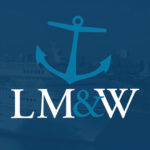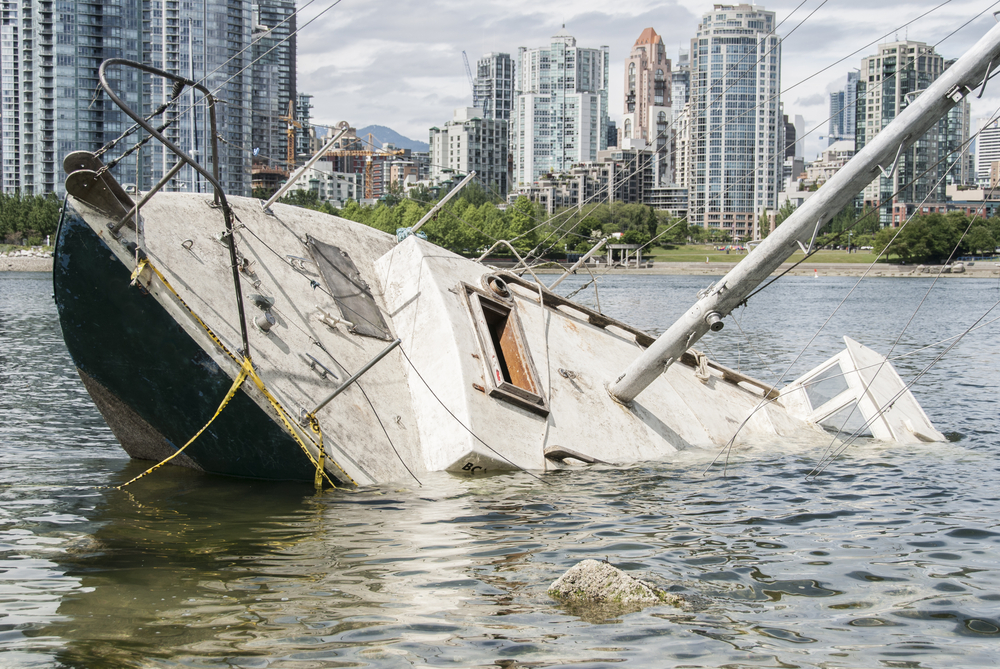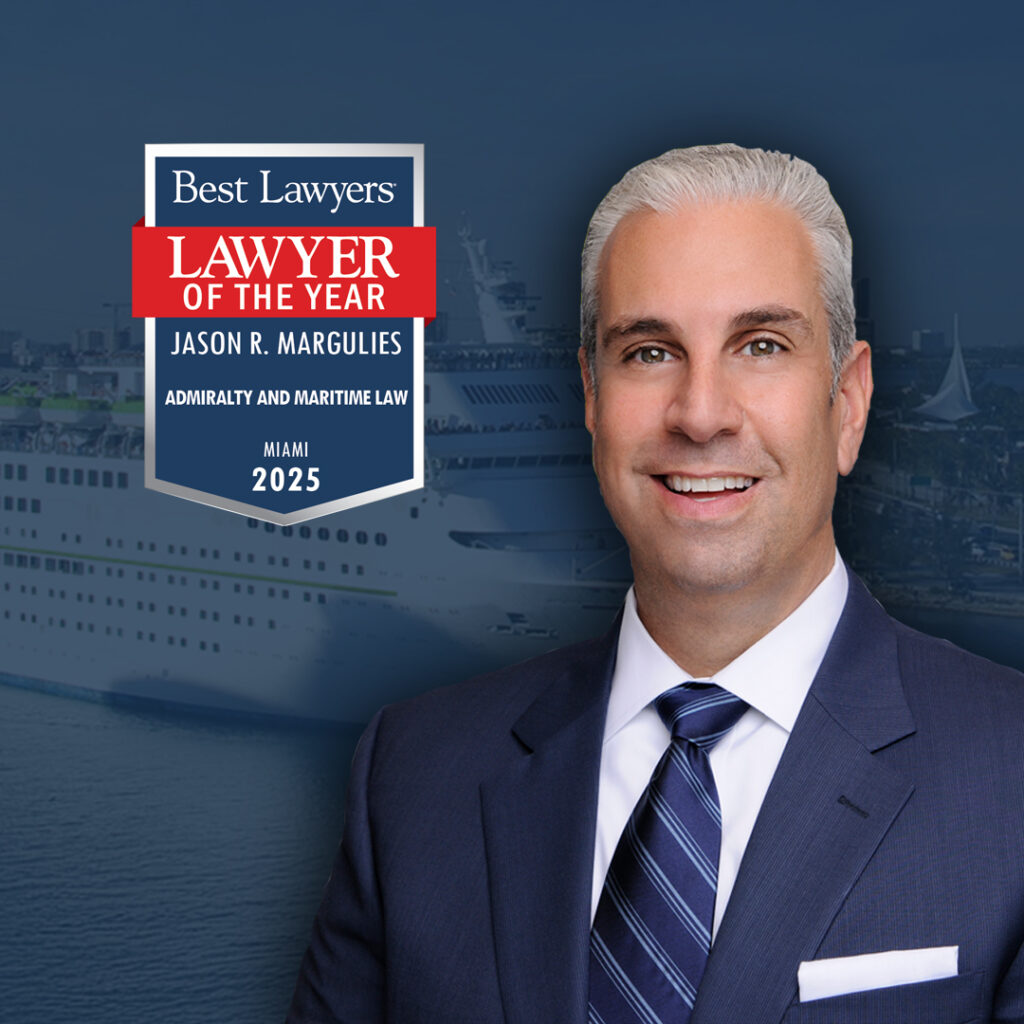As cruise ships continue to become larger and accidents continue to be reported, we are left to wonder what exactly is being done to better train crewmembers in the event of an emergency at sea or in port. All crewmembers should have at least some basic knowledge of how to properly handle an emergency accident situation, including how best to evacuate passengers in the event the vessel becomes extremely disabled, but it seems that all we have been hearing about are horror stories of cruise ship workers panicking in the face of disaster and failing to communicate properly with one another to ensure a smooth and hasty evacuation process.
Following the Costa Concordia capsizing accident last year, Concordia survivors recounted hellish stories of the evacuation process, explaining how crewmembers were speaking different languages and were unable to understand each other, as well as described an overall chaotic atmosphere onboard. But as more ships continue to undergo equipment malfunctions, are the site of severe injuries and fatalities, and create a breeding grounds for cruise ship sexual assault and rape crimes, what exactly are crewmembers doing to protect passengers?
Crewmember responsibilities are rarely disclosed to the public, but there are some general safety protocols and training that all cruise ship workers must adhere to.
When a crewmember is hired to work for a cruise line, they should be trained on the various maritime laws that must be followed. Because each vessel usually flies a foreign flag, this can get a bit tricky. Crewmembers must learn to understand the difference between each country’s laws and what is and isn’t acceptable behavior. Unfortunately, there have been many incidents of confusion among crewmembers who believe they are abiding by proper maritime laws, when in fact, they are violating a passenger’s rights. Cruise companies should provide a safety training manual for every worker onboard, but this doesn’t always happen, nor do crewmembers always follow what they know to be lawful.
Once hired, crewmembers are usually provided with an extensive manual detailing regulatory maritime and cruise ship requirements, shipboard safety management practices, details regarding the specific protocols the line follows, and other important instructions that will serve as a guide for workers both before and during the occurrence of an accident.
Crewmembers will also be given a tour of the ship to make sure they know where all emergency equipment and exits are located, as well as to provide them with instructions on how to carry out an evacuation. They will also be instructed on various signals, alarms and whistles, which will differentiate between the emergency that is present. There are different emergency signals for all types of cruise ship accidents and incidents, including signals and alarms for security emergencies, man overboard signals, abandon ship signals, and several others. These are to be taken very seriously because failure to recognize a signal can cause a victim their life.
During orientation, crewmembers will also be assigned muster stations where they will be required to go in the event of an emergency. They will be taught various safety drill procedures, how to operate a lifeboat if it is in their job descriptions and will learn about several other safety measures.
Once the crewmember is familiar with all the safety training information and have passed all the preliminary tests given by the cruise line to ensure they know what their roles and duties are, the crewmember will be assigned to a ship, where they will spend the next few weeks or months. Upon each new boarding, crewmembers must participate in a safety meeting, which is usually carried out before the ship leaves port.
Crewmembers will be informed of their duties in case of an emergency and will be required to know where they need to assemble in the event of an accident or evacuation. Crewmembers will also be given safety numbers and codes which are used for different situations and must learn their duties for each. Once onboard a vessel, crewmembers are expected to know how to operate lifeboats, where the boats and rafts are located, how to launch them, and must also learn about the various fire-extinguishers onboard and what kind of fire they are used for.
Safety training also requires that crewmembers learn how to operate certain types of doors, including watertight and fire screen doors, must learn how to help someone if they witness a person going overboard, and what to do when a fire is discovered onboard.
Apart from these basic safety training protocols, most cruise lines will also require crewmembers to undergo a course and obtain a certificate in Basic Firefighting, Survival at Sea and Basic First Aid (often referred to as STCW). Some cruise lines provide shipboard resources for this training, while others will inform crewmembers when they are hired that they need to take the courses in their home country before they can join the ship.
Additionally, most cruise ship crewmembers are required to go through crowd management training. For managers, a Crowd and Crisis Management Training Course is usually required and training is normally arranged onboard.
As part of each crewmember’s contract, they will also be required to participate in weekly compulsory crew drills and if the worker’s safety position involves duties during passenger drills, then the worker must participate in those drills as well, held only once on a cruise. However, most cruise lines have safety training sessions each week, in addition to the drills.
These are just a few of the many safety rules, regulations and protocols cruise ship crewmembers must learn about. Unfortunately, despite the rigorous training they must undergo, cruise ship safety is often overlooked and accidents frequently occur. It is important for crewmembers to understand their responsibility in ensuring the safety of all whom are onboard as well as their duty to protect passengers as per maritime law.
If crewmembers are found to have contributed to an accident, were involved in a crime or are found to have committed some form of negligent act, they may be found liable for any resulting incidents and may be terminated from employment with the cruise line and may even be sued for their wrongdoing.
Our maritime attorneys have represented many cruise ship accident and injury victims who have been hurt because of a crewmember’s negligence and offer our services to anyone who needs help protecting their rights against a negligent, inexperienced crewmember or one who has committed a crime.
Photo Credits:
Chaotic Costa Concordia evacuation – thesun.co.uk
Crew learns life jacket and evacuation safety procedures – safetytechnology.co.uk
Crewmember learns how to operate equipment safely – am3004.wordpress.com
Safety drill on emergency medical procedures – coastguard.dodlive.mil
Published on March 21, 2013
Categories: Cruise Ship Accidents, Cruise Ship Law
Get Free
Consultation










